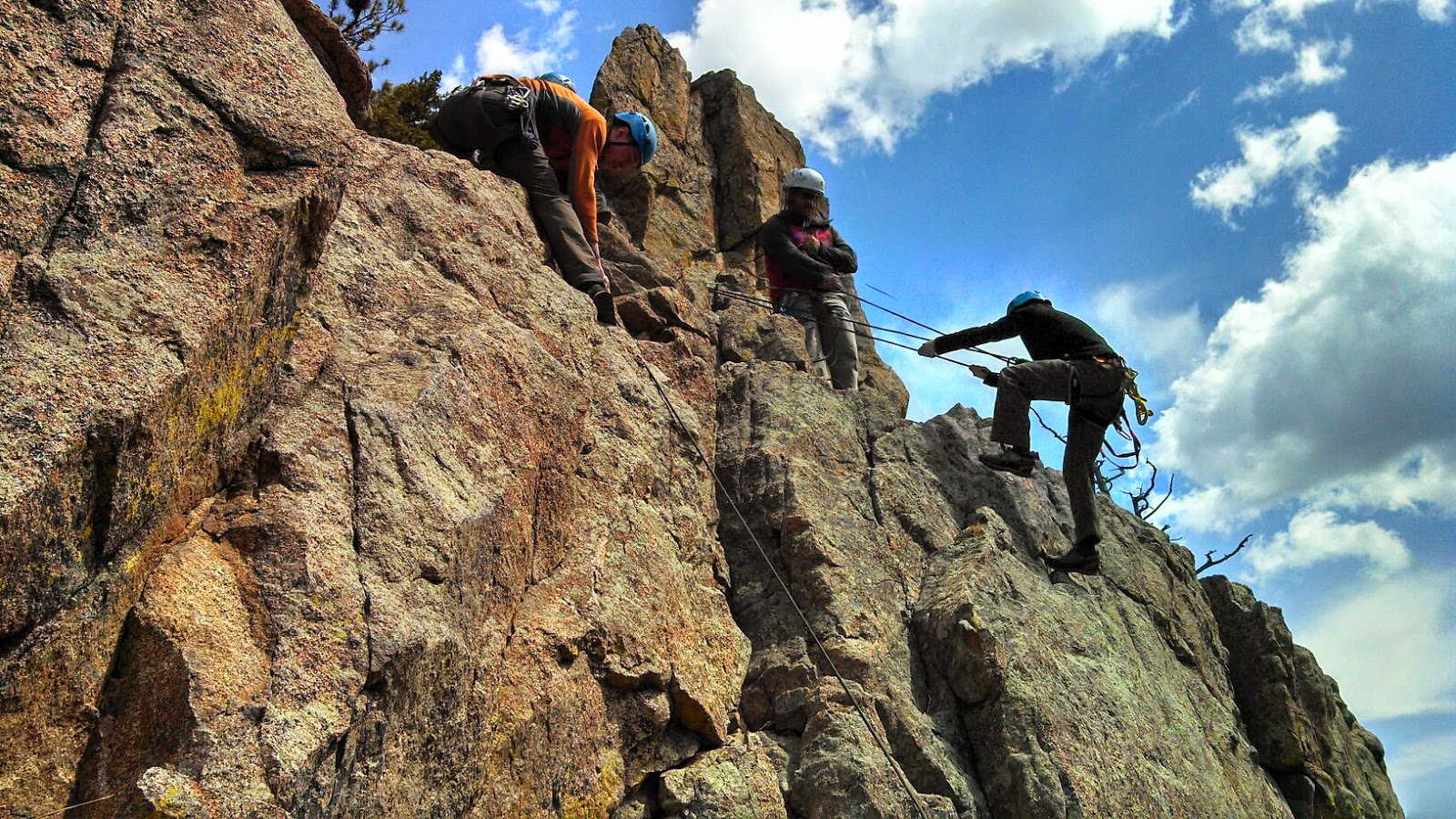Bolivia Condoriri Valley Expedition
w/ Steve K, Alejo L, and Eli H.
October 2013
Basecamp in the Condoriri was one of the nicest we've used in South America with minimal garbage or impact, well built bathrooms with water, and herds of Llama's visiting on their daily commute to higher pastures.
Although the Cabeza del Condor (head of the condor) was not on our itinerary for this trip, we'll be returning in 2014 for an attempt on this interesting climb as well as Pequeno Alpamayo which was our focus for this year's trip.
The topography in this tight valley is very steep with 2-3k of elevation gain directly above camp and gorgeous peaks with cascading glaciers on all sides.

Our basecamp sits between these two lakes tucked into the boulder fields that provided some good wind protection.
A few views of the lower Tarija Glacier which is the approach to Pequeno Alpamayo.
Morainal debris below Condoriri.
Eli enjoying cheeseburgers and fresh potato fries at basecamp.
Temperatures fluctuated between high altitude hot and relatively cold with a moist breeze blowing over the peaks from the naerby Amazon Basin to the east.
Alejo nearing the summit of Tarija Peak.
Eli testing out the new Rab Xenon X Hoodie layered over a single long sleeve sun shirt on he and Alejo's prep climb of Tarija and Pequeno. What a great jacket that breathes enough to wear all day yet very comfortable in colder alpine conditions and it was the layer i wore every day on this trip.
Clouds in front of Peak "Austria".
One of the rapidly retreating glaciers in the tropics.
Our high camp on the Tarija Glacier at approx. 17,000'. We received a 25cm dump of new snow in the afternoon and evening before this sunrise shot. The new snow combined with rapid heating created avalanche conditions that caused us to abort our attempt on the Pequeno Alpamayo. There's always next year!
Close-up of one of the sub-summits of Tarija Peak.
A herd of llamas heads up valley for some alpine grazing. They are raised here for both meat (mostly dried as jerkey) and of course their hair which is highly valued for weaving clothes and blankets.
Wyoming
Peak is a 5440m peak with 550m of steep terrain on its west face that
contains attractive snow and ice runnels and so great mixed terrain on
this imposing face.
Returning to the trailhead with the Condoriri massif dominating the eastern skyline.
Departing shot of the two summits on Condoriri with the large partly-hanging glacier below.
















+of+DSCN0021_1.JPG)






































